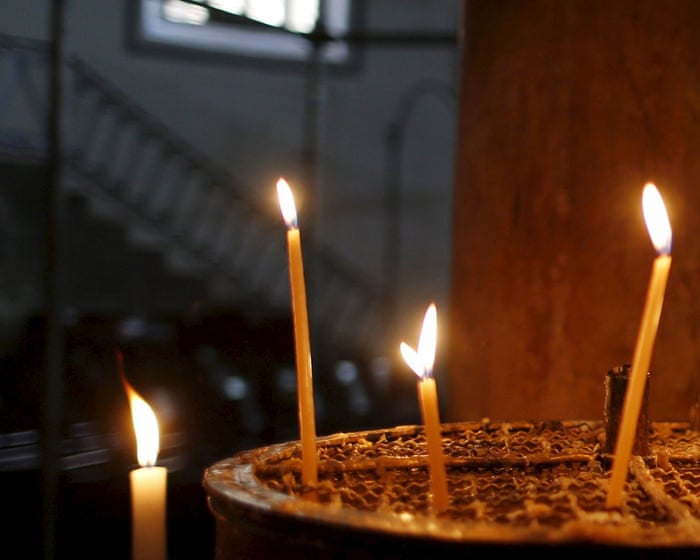A Hundred Doors
God! I’m lighting candles again, still
the sentimental atheist—family names
a kind of prayer or poem, my muse
Our Lady of a Hundred Doors.
Supervised by a xenophobic
sacristan, I plant in dusty sand
names and faces that follow me
as far as windows in the floor:
marble stumps aching through glass
for their pagan temple, the warm
inwardness Praxiteles brought out—
the intelligence of stone.
The sacristan who picks my flame-
flowers and blows them out, barely
minutes old, knows I’m watching
and doesn’t care as he shortens my lives.
—
Michael Longley, born in Belfast in 1939, passed away on January 22 of this year. This brief tribute captures the breadth of his work and the warmth of his sociability, which was as much a part of his poetic calling as his writing.
A Hundred Doors, his 2011 collection, was dedicated to fellow Belfast poet Frank Ormsby. Many of its poems are set in Carrigskeewaun, a townland in western Ireland that became the heart of Longley’s later work. By 2010, he estimated that a third of his poems had been inspired by this place and its surroundings.
His time in Carrigskeewaun was never a retreat into solitude. The poems born there are as much about companionship as they are about nature. The wildflowers and animals he observed opened doors to human connections—children, grandchildren, friends—always present in his mind, ready to spark the conversations that shaped his poetry.
The title poem, A Hundred Doors, stands apart in its silence. Set in the Church of the Hundred Doors on the Greek island of Paros, it becomes a space of isolation rather than community. The opening lines—God! I’m lighting candles again, still / the sentimental atheist—strike a tone of weary irony, whether as a half-hearted invocation or an exasperated sigh. The phrase still the sentimental atheist carries a mix of melancholy and humor, reminiscent of the stark honesty in the work of Welsh poet-priest R.S. Thomas, who often wrote of God as an absence.
In the church, Longley seeks solace in the ritual of naming—family names as a form of prayer or poetry. But his attempt is cut short by the intrusion of a xenophobic sacristan, a figure who may or may not deserve the label but certainly embodies resistance. The poem shifts into complaint, though the anger remains inward, deepening the sense of longing and loss.
This tension eases when the speaker looks through windows in the floor and sees the remnants of a pagan temple beneath the church—marble stumps aching through glass / for their pagan temple. The reference to Praxiteles, the sculptor who captured warmth in stone, ties the poem to the broader themes of the collection, where fragments of history and nature resonate with personal and wartime memories. The closing lines, where the sacristan extinguishes the speaker’s candles, underscore the fleeting nature of remembrance—each snuffed flame a life cut short.Ross was honored “for conspicuous gallantry and devotion to duty.” His name would be among those the poet wished to remember. The candles transform into “names and faces,” accompanying the poet as he kneels before “the windows in the floor.”
In the final stanza, anger surfaces, pulling the reader in as a witness. The imagery grows more powerful: the “flame-flowers” evoke a fleeting return to the countryside, now under threat, as the sacristan—aware he’s being watched and indifferent—”blows them out, only minutes / old.” The sacristan may represent modern humanity, waging war on the environment and waging wars that devastate families, infants, and children. The anger, even disgust, at this casual cruelty reminds us that Longley has always been a masterful poet of witness, especially during the Troubles in Belfast.
The line breaks are flawless. In the second-to-last line, the stress underscores a simple truth: “He knows I am watching.” The enjambment then lands with weight and fury on the negation: “and he / doesn’t care as he shortens my lives.” It’s impossible to remain detached from this judgment—it feels like a direct challenge to the conscience of today’s listeners and readers. You can hear Longley’s reading of it here.




